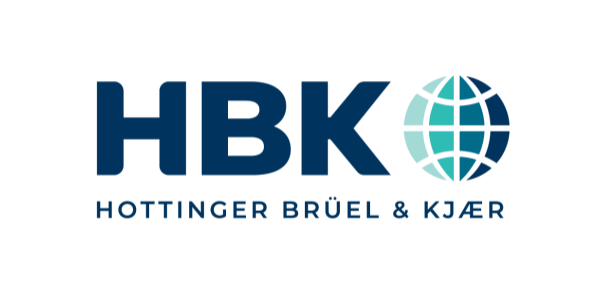
nCode + CANedge: CAN Logging and Advanced Data Analysis
Case Studies / HBK

HBK
nCode is a powerful software tool from HBK, used extensively by e.g.automotive OEM engineers. It enables scalable analytics, durability analysis, FE-based fatigue analysis and more.
Why use nCode with the CANedge?
The CANedge is a 2 x CAN/LIN data logger with optional GPS, WiFi and LTE. It is popular amongst automotive/industrial OEM engineers for collecting CAN data at scale across e.g. prototype vehicle fleets in the field. Due to the low cost of the CANedge, it is particularly useful for medium/large scale telematics - and collecting GBs or TBs of CAN data.
The CANedge is designed for interoperability and can be used with various software/API tools. One of the possible integrations is nCode. This is useful as nCode enables highly sophisticated analyses - beyond the more basic functionality of tools like asammdf. Further, nCode is useful for handling large volumes of data - making it a great match for the CANedge.
Multiple users deploy the combination today, see e.g. the case study by Decathlon


How is CANedge data loaded in nCode?
There are multiple ways to achieve this.
If the goal is to analyse the raw CAN/LIN frames, you can use the CANedge MF4 converters to 'finalize' the MF4 file, enabling it to be loaded by nCode - e.g. for DBC decoding within the tool.
Alternatively, you can DBC decode the CANedge data into decoded MF4 files. This can be done using the asammdf GUI or Python API. The resulting MF4 file(s) can then be directly analysed within nCode, simply by loading the data from local disk.
Alternatively, data from e.g. a CANedge2/CANedge3 can be ingested into the Aqira cloud platform by using automation work flows, similar to those deployed when creating Parquet data lakes e.g. in the Grafana-Athena integration. Specifically, administrator can set up an 'upload app process' in Aqira, which enables the use of standard REST requests to be made to inject the DBC decoded MF4 into Aqira. Detailed guidance can be provided by the Aqira team.
In Aqira, the ingested MF4 data is loaded and indexed as files and meta data - in practice turning it into an MF4 data lake. This enables the data to be easily shared, secured, searched for etc.
Users can also author Apps in Aqira: An App can include searching based on user defined conditions, analysing and displaying the results in a dashboard. This makes it easy for non-expert users to get useful insights from large amounts of data.

The Aqira platform enables large scale data analysis of e.g. MF4 data lakes - ideal for cross device/trip queries and aggregations

Here, 'break pedal pushed' events are highlighted. Histograms show a distribution of vehicle speed, while a transition matrix indicates how many times the engaged gear transitioned from one value to another
What analyses can be done in nCode?
nCode offers a vast amount of powerful analytics functionality. End users e.g. use nCode to perform anomaly detection/correction, data reduction (using histograms or tables of indicators), general cross-channel maths and durability predictions (rainflow cycle counting, relative damage calculation, StressLife & StrainLife approaches on strain data etc.).
It is also often used to analyse correlation between operational usage severity and test tracks/rigs, vibration analysis (modal or rotating machinery) and comparisons between different usage scenarios using various metrics.
Many also use it with Python to interlace exotic algorithms / machine learning, sync data across CAN, analog and video sources - or for automated reporting incl. GPS traces and FE models. For details, see also the GlyphWorks product page.
When working with MF4 data lakes from Aqira, users are also able to use Apps to query their data - for example stating 'Find the max speed values for all vehicles of model X and country Y, within time period Z' for comparative analysis.
You can of course contact HBK or CSS Electronics for technical sparring and questions!
— Martin Falch, co-owner at CSS Electronics
 Here, the user visualizes when/where the vehicle longitudinal
acceleration exceeds a positive/negative threshold (Accel/Hard
Braking)
Here, the user visualizes when/where the vehicle longitudinal
acceleration exceeds a positive/negative threshold (Accel/Hard
Braking)
Ready to analyse your CAN data?
Get your CANedge today!